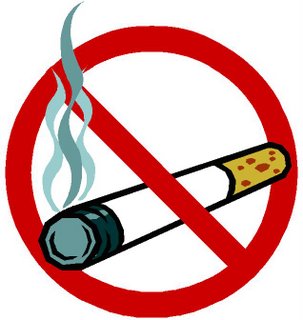 Protection from passive smoking has improved considerably in the EU, according to a report published today by the Commission. 28% of Europeans were exposed to passive smoking in bars in 2012 – a decrease of 46% in 2009.
Protection from passive smoking has improved considerably in the EU, according to a report published today by the Commission. 28% of Europeans were exposed to passive smoking in bars in 2012 – a decrease of 46% in 2009.
The report is based on communications from 27 Member States in response to the 2009 Council Recommendation on the creation of smoke-free spaces (2009/C 296/02), which urged governments to adopt and implement legislation to ensure full protection. against exposure to tobacco smoke in indoor workplaces and public places and on public transport.
The report dismisses concerns about the negative impact that a smoking ban could have on bar and restaurant revenue, showing that the economic impact has been limited, neutral and even positive over time.
However, the report also demonstrates that some Member States are lagging behind, both in terms of adopting comprehensive legislation to protect public health and in terms of enforcement.
Tonio Borg, European Commissioner for Health and Consumer Protection, said: “Today's report reveals that Member States have made steady progress in protecting their citizens from passive smoking. Citizens' exposure to smoking, however, still varies widely between EU Member States and there is still a long way to go to make 'Smoke-free Europe' a reality'.
The Commissioner therefore called on "all Member States to step up their efforts to implement the legislation, I applaud those who have passed ambitious anti-tobacco legislation and urge others to follow suit".
Exposure to passive smoking constitutes a fwidespread cause of mortality, morbidity and disability in the European Union. According to prudent estimates, more than 70 000 adults in the EU have died from exposure to tobacco smoke in 2002, many of them being non-smokers or workers exposed to secondhand smoke in their workplaces.
The WHO Framework Convention on Tobacco Control calls on all signatories (176) to provide 'effective protection against exposure to tobacco smoke in indoor workplaces, on public transport and in enclosed public places, and where appropriate , in other public places'. Guidelines were adopted in 2007 to help signatories meet their obligations.
It was in this context that the Council adopted a Council Recommendation on creating smoke-free spaces, in 2009, in which it invites Member States to adopt, by November 2012, measures to provide effective protection against exposure to secondhand smoke.
Other important conclusions of the report:
· All Member States reported that they have already taken measures to protect citizens from exposure to tobacco smoke.
· National measures differ considerably in terms of scope and scope.. About half of the Member States have adopted or strengthened their legislation on creating smoke-free spaces since 2009. Many of them also started earlier.
· Enforcement appears problematic in some Member States. A complex legislation (ie legislation with exemptions) is considered to be particularly difficult to enforce.
· Actual exposure rates for EU citizens have decreased globally from 2009 to 2012 (eg for citizens who frequent establishments where drinks are served to rate of exposure dropped from 46% to 28%). There are, however, significant differences between Member States.
· THE Belgium, Spain and Poland these are examples of countries where the adoption of global legislation has led to a very significant reduction in exposure rates in a short period of time.
· You positive health effects arising from anti-tobacco legislation are immediate and include a reduction in the incidence of heart attacks and improvements in respiratory health.
· Public support for smoke-free legislation is very high in Europe. A 2009 survey revealed that most Europeans are favourable. These results are also supported by national surveys, which show that support increased after the introduction of effective measures.


















Comments